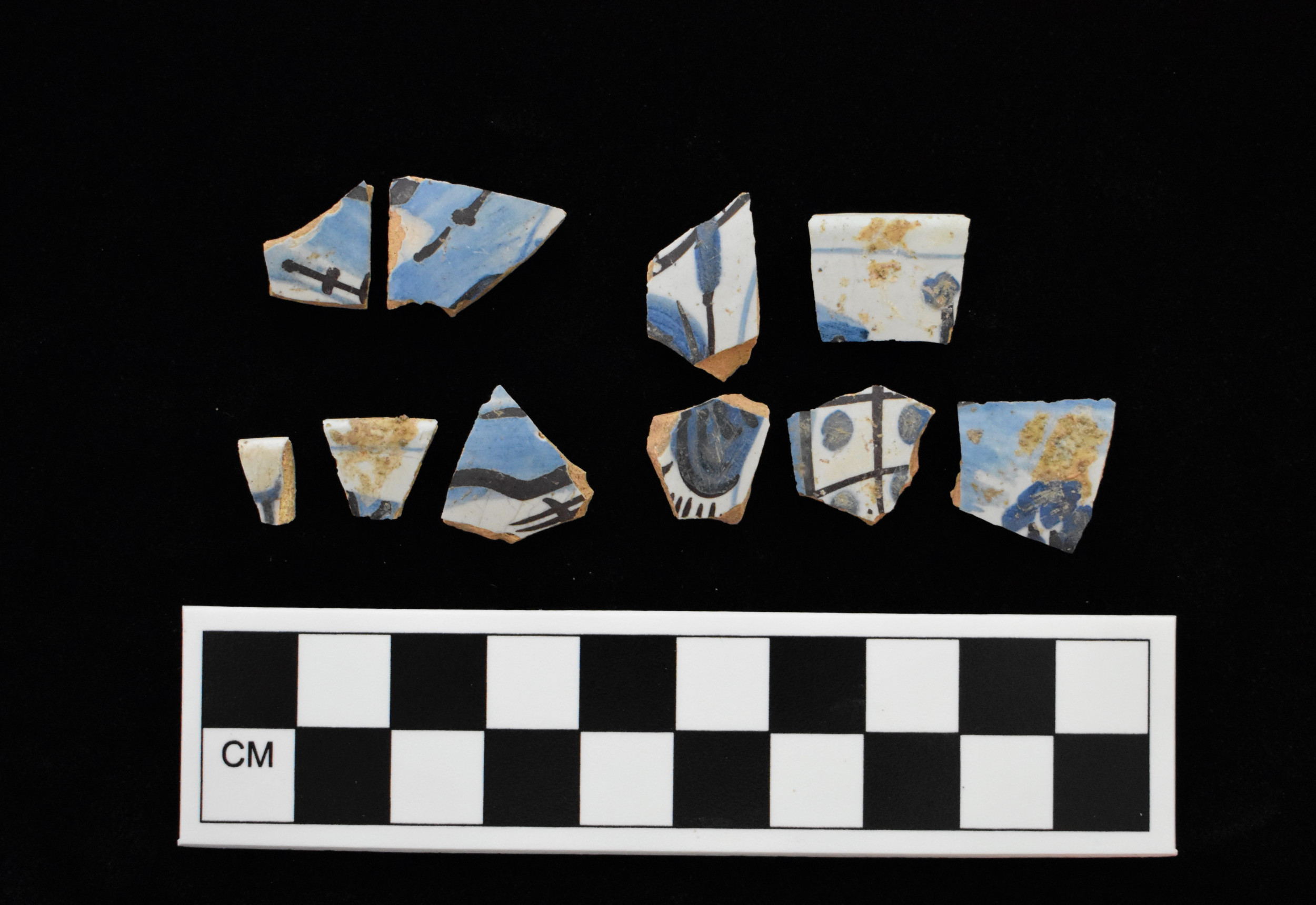If we find something, don’t panic. Your project isn’t over
Unfortunately, each project is different and the outcomes are always dictated by the project’s individual results and the agency that requested the work. However, there are some generalizations we can make about how the process might progress in the most common circumstances.
The most common outcome of a Phase I survey is a recommendation of no further archaeological investigation, either because no cultural material was found or because any identified archaeological sites or isolated finds do not meet preservation criteria. In order to meet the most widely used yardstick for archaeological site significance, Criterion D of the National Register of Historic Places, an archaeological site must have both:
- Sufficient data to contribute to meaningful interpretations on past lifeways on a local, state, or national level
- Sufficient integrity to render that data usable by archaeological researchers
If the site we find is not likely to meet those two benchmarks, there is a very good chance you will not have to conduct additional historic or archaeological research for your project to be approved for continuance.
If the site we find potentially meets those two benchmarks, a Phase II evaluation is likely to be requested by the governing authority. At this point, you may choose to avoid the site by project redesign, move forward with the evaluation, or abandon the project. An evaluation is more intensive and more expensive than a Phase I survey, but by the end you will know whether the site meets preservation criteria or not. Again, the most common outcome of a Phase II evaluation is a recommendation of no further archaeological investigation because both benchmarks for National Register eligibility have not been met (although this can vary, depending on whether your jurisdiction has local criteria different from the National Register criteria).
If the Phase II evaluation finds that the site is eligible for inclusion in the National Register or meets other local preservation criteria, your project is still not sunk. If the site cannot be avoided at this stage, you will need to identify and engage with stakeholders to design a Phase III data recovery or alternative mitigation strategy to offset any adverse effects related to construction. These projects are expensive and time-consuming, but are often very rewarding, with many resulting in a permanent contribution to the archaeological record and community goodwill from public outreach.
Navigating cultural resources regulations can be difficult, and these are only the most common outcomes for projects in the Mid-Atlantic region. If you get a request for archaeology, don’t worry. AAHA has the experience to guide you through the process in a straightforward, cost-effective way.


